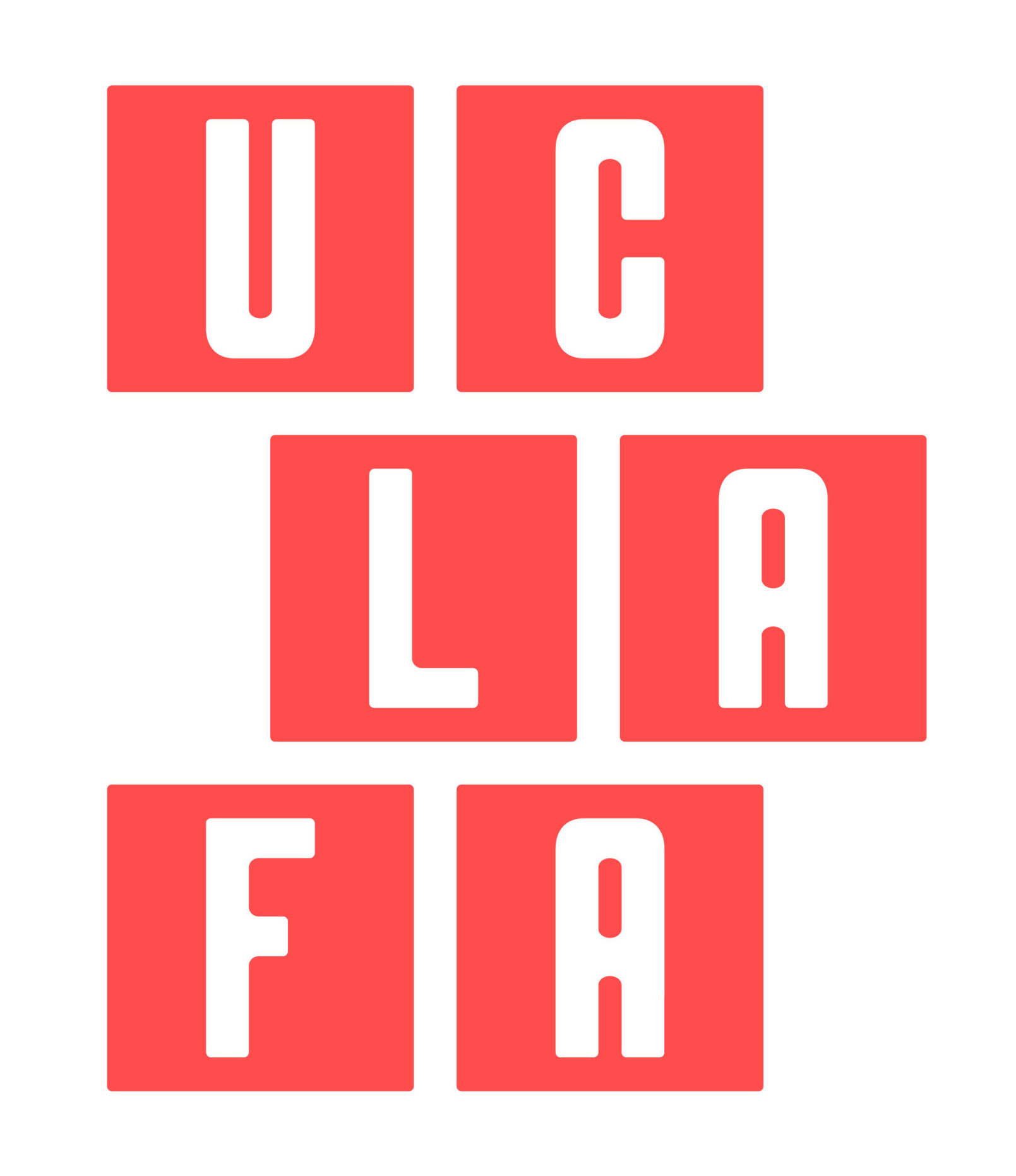What’s the Rush?
Today’s Inside Higher Ed reports that Carnegie Mellon is in no rush to jump into the online course business until some some viable financial model is developed: While other universities move quickly to offer courses online for free, Carnegie Mellon University is instead starting for-profit efforts designed to capture segments of the education market. Provost Mark Kamlet said the university is looking for a “financially sustainable” way to expand its reach. So far, that means a handful of spinoffs with a variety of products aimed at workforce development and online education… At the same time, Carnegie Mellon is shying away from…
